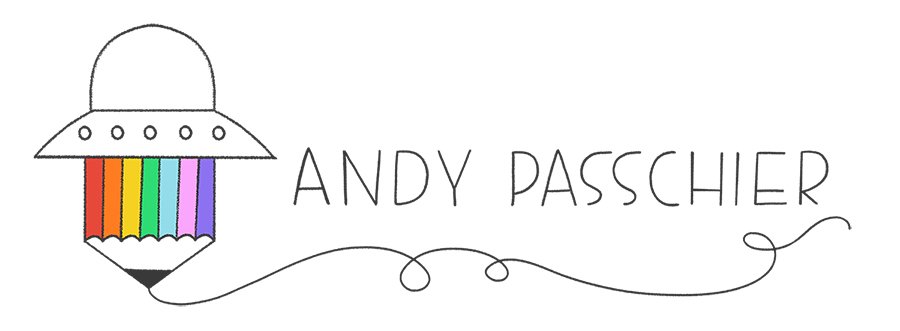October 8th is International Lesbian Day, a day that celebrates WLW (women loving women) all over the world, even though it's mostly observed in Australia and New Zealand. I was unable to find specifics online about the origins, but it's almost certain the celebration started in that part of the world. The first known events were held in New Zealand in 1980 and in Melbourne on October 19th, 1990. The day is meant to celebrate lesbian identity, bring awareness to common issues and challenges, emphasize outreach, and create community.
Changing the acronym
The original acronym used for the queer community was GLBT, with the movement centered mainly around gay men. Lesbians, bisexual people, trans people, and other identities were largely underrepresented. The push to change the order of the acronym letters began during the AIDS crisis in the 1980s and '90s--lesbians donated large amounts of blood and took on medical care for gay men suffering from AIDS when doctors were too scared to do so. They also played a huge part in the activism movement surrounding HIV and AIDS around that time. The articles below contain lots of incredible information about this important part of history!
iNews UK - Lesbian Blood Sisters
Lesbian News - Heroes of the 80s AIDS crisis
GCN - more about the Blood Sisters
Pink News - how the AIDS crisis healed the rift between gay and lesbian groups
History of the Lesbian Pride Flag
The lesbian flag has had many iterations over the years. The first one was designed in 1999 by Sean Campbell, a cisgender man, and featured a double-headed axe, also called a Labrys. The labrys is a mythical weapon linked to matriarchal societies such as the Amazons, a tribe of warrior women in Greek mythology. It became a lesbian symbol during the 1970s. Read more about symbols from Greek mythology in lesbian culture here!
The purple was used as a reference to Sappho, who wrote of girls wearing crowns of violets. Because of this, WLW began to gift each other violets as a secret token throughout history. The inverted black triangle is once again a reference to times of nazi persecution during WW2. Lesbians were marked with an inverted black triangle as "asocial" or "work-shy" prisoners, a broad term for anyone who went against nazi ideology. Other people included in this group were Roma and Sinti people, homeless people, and people suffering from alcoholism.
The labrys flag fell out of use for different reasons. It was designed by a cis man, for one, and the use of holocaust imagery in pride designs is somewhat contentious these days. Furthermore, the flag has since been co-opted by trans-exclusionary radical feminists. Throughout the 2010s, the lesbian flag went through several iterations.
In 2010, blogger Natalie McCray created the "Lipstick Lesbian" or "Pink Lesbian" flag. The version without the lipstick mark eventually became more popular, as many people understandably did not identify with the term "lipstick lesbian" and a symbol created pretty much exclusively for femme-presenting people.
The term "lipstick lesbian" itself also has a complicated history. It originated in the porn industry in the 1980s to cater to heterosexual men watching women have sex with women. Natalie McCray herself was also later discovered to have made some racist, biphobic, and transphobic statements on her blog, and as a result many people did not feel comfortable using this flag anymore.
This brings us to the most recent and accepted version of the flag created by nonbinary lesbian Emily Gwen. The flag is named the "Sunset Lesbian Pride Flag" with stripes forming a gradient from orange to pink. In order, the stripes symbolize:
1. Dark orange: gender non-conformity
2. Coral orange: independence
3. Pale orange: community
4. White: unique relationships to womanhood
5. Pinkish purple: serenity and peace
6. Darker purple-pink: love and sex
7. Deep magenta: femininity
This flag was later slightly simplified from 7 to 5 stripes, and as things often happen with tumblr and the internet, it quickly spread and was adapted as the most popular version. This nonbinary and trans-inclusive design is now the most commonly used!
As with many aspects of the queer community, the creation of the lesbian flag has been a community effort, and many people online have created their own versions as a way to make the flag more inclusive and highlight different facets of lesbian identity. To see more of these variations, including some nonbinary lesbian flags, scroll to the end of this article from Them!
Other articles used as sources:
USA today
Parade
Nonchalant Magazine
Cosmopolitan
The New Feminist






